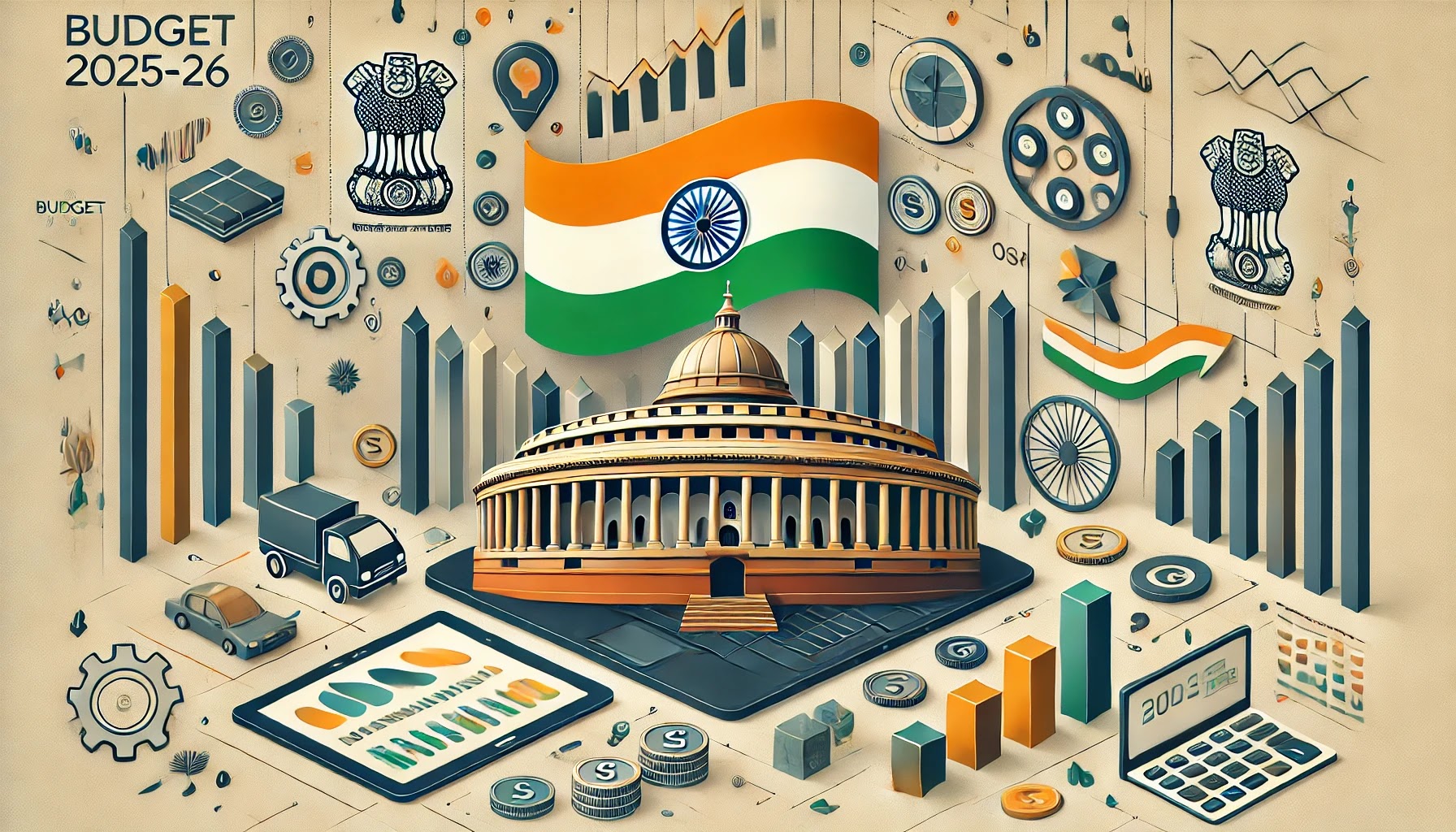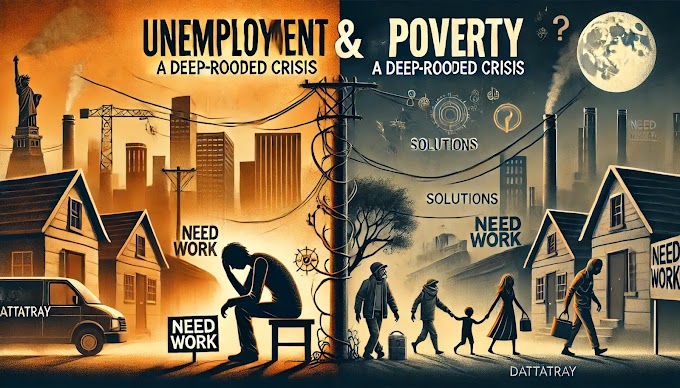Hey everyone, Welcome to Economics podcast in episode 3. In this episode we will be talking about Money and Barter system.
Now let's talk about what is Barter system: Barter system refers to exchange of goods for goods. Before gold and coins people did not have any medium of money, so they used goods for goods as exchange. But in this type of exchange there were too many difficulties.
Difficulties in Barter System:
Difficulty 1), Problem of double coincidence of wants:
Lack of double co-incidence of wants was one of the major limitations of barter system. For instance, person ‘A’ has cloth and he wants rice in exchange and person ‘B’ has rice but he does not want cloth in exchange. In this case exchange between ‘A’ and ‘B’ would not take place as their wants do not coincide with each other.
Difficulty 2), Lack of common measure of value:
While exchanging goods for goods, there was no standard unit of account to determine the value of a commodity. e.g., it was difficult to compare two litres of milk with two kilograms of rice.
Difficulty 3), Difficulties in storage of goods:
It is necessary to store goods for future consumption. Sometimes due to perishable nature of certain goods it was difficult to store them for future. Perishable commodities like milk, eggs, fish, vegetable etc. were difficult to store. Difficulties were also experienced due to lack of space required to store heavy and bulky goods.
Difficulty 4), Indivisibility of certain goods:
In barter system it was inconvenient to divide animals, house etc. into small parts, so it was difficult to fix proportion of one commodity in exchange for another commodity, e.g. Individual 'A' has a sack of wheat and he wants a goat in exchange. Individual 'B' has a goat and he wants only half a sack of wheat. In this situation exchange between the two commodities is impossible due to indivisible nature of goat, for it being a live stock.
Difficulty 5), Problem of making deferred payments:
Deferred payment means payments to be made in future. Repayment of loan was difficult due to exchange of commodities, example, it was difficult to repay the perishable goods in the same condition in future.
Now we have talked about Barter system and it's problem or difficulties, Now let's talk about what is Money and how money came into existence.
Definitions of Money:
Definition 1), According to Prof Crowther: "Money is anything that is generally acceptable as a means of exchange and at the same time acts as a measure and a store of value".
Definition 2), According to Prof Walker: "Money is what money does". In simple words money can be known by it's functions.
Now let's talk about types of money, Because since Barter system to till now there are various types of money is being used by humans.
Type 1), Animal money:
In protohistoric period, ‘animal money’ was used as a means of exchange, example, cow, sheep, goat etc. However, due to their indivisible nature, commodity money came into existence.
Type 2), Commodity money:
In olden days, the commodities to be used as money were dependent upon climatic conditions and culture, example, animal skin, grains, shells, feathers, tusk, salt, rare articles and stones were used as a medium of exchange. Due to the problem of storage of such commodities, metallic money came into existence.
Type 3), Metallic money:
Metallic money used durable metals such as gold, silver, copper, aluminum, nickel etc. However, scarcity of precious metals and lack of uniformity in metallic pieces gave rise to the use of metallic coins.
Type 4), Metallic coins:
In ancient times, rulers of various kingdoms used small pieces of metals and affixed their seals on them. With the passage of time, the monetary system was taken over by the government authorities with a view to give uniformity and legal status to metallic coins. Coins can be classified as under:
a), Standard or full bodied coins: Full bodied coins are those whose face value is equal to their intrinsic value. Face value indicates the exchange value fixed by issuing authority. These coins are made out of precious metals like gold, silver etc. Standard coins were used for some days during the British period.
b), Token coins: Token coins are those whose face value is higher than their intrinsic value. These coins are made of cheaper metals like aluminum, nickel etc. These coins are of lower denominations and are generally used for settling smaller transactions. In India, all coins in circulation today are token coins. Difficulties in transportation of token coins gave rise to paper money.
Type 5), Paper Money:
Paper Money was a substitute for metallic money. In course of time, issue of currency notes was monopolized by the Central Bank. Paper money consists of paper currency issued by Government and Central Bank of the country.
In India, one rupee note and all coins are issued by the Government of India. Currency notes of higher denominations are issued by the Central Bank (Reserve Bank of India). Inconvenience in handling and risk of storing paper money gave rise to bank money.
Type 6), Bank Money or Credit Money:
Bank money refers to deposits which are in the form of cash saved by the people. It is used to create credit money. This can be withdrawable and transferable on demand, by means of cheque, demand draft etc. Cheque, demand draft are not actual money but credit instruments through which deposits are transferable. Credit money plays an important role in economic development. On the background of global economy, cashless transaction gained importance thereby giving rise to plastic money.
Type 7), Plastic Money:
Plastic Money is easy to use in transaction due to advanced technology. Debit cards and credit cards are used as plastic money. Further innovation in smart transactions led to the introduction of electronic money.
Type 8), Electronic Money:
E-money or Electronic money is a monetary value that is stored and transferred electronically through a variety of means i.e. a mobile phone, tablet, smart cards, computer etc. It is backed by the Central Bank. Electronic money is used for purchases and transactions globally. Digital wallets are also a form of stored electronic money.
Now we have talked about types of Money, Let's see what are Qualities of Money:
Quality 1), General Acceptability:
Anything which is used as money must be easily accepted by all for exchange purpose.
Quality 2), Divisibility:
Money should be easily divisible into smaller denominations to facilitate small transactions.
Quality 3), Durability:
Money should also possess the characteristic of durability. Currency notes and coins are being used repeatedly and shall continue to do so for years together on account of durability.
Quality 4), Cognizability:
Money must be easily recognised. It should have certain distinct marks so as to avoid confusion by the receiving person.
Quality 5), Portability:
It should be easy to carry from one place to another without any difficulty, expense and inconvenience, e.g. currency notes are easily portable.
Quality 6), Homogeneity:
Money of a particular denomination must be homogeneous or identical in its features.
Quality 7), Stability:
Money should have a stable monetary value. It serves as a measure of value to exchange goods and services. These goods can be sold and purchased in future as per requirements.
These are qualities of money, Now let's talk about Functions of Money:
There are two main types of functions of money, one is primary functions and second one is secondary functions.
First we will talk about Primary functions of money:
Primary function 1), Medium of Exchange:
The most important function of money is to serve as a medium of exchange. Any commodity can be purchased or sold for money.
Primary function 2), Measure of Value or Unit of account:
Price is the value of a commodity or a service expressed in terms of money. Money enables to compare the prices of commodities. Different currencies are used to express the value of commodity in different countries, e.g. Rupee in India. Dollar in U.S.A., Pound in U.K., Yen in Japan etc. Income and expenditures of all kinds, assets and liabilities are stated in terms of money as a unit of account.
Secondary Functions of Money:
Secondary Function 1), Standard of deferred payments:
Under barter system taking loans was easy, but its repayment was difficult because loan was in the form of grains, cattle etc. Money has overcome this difficulty. Payments to be made at a future date is called deferred payments. By serving as a standard measure of payment over a time, money makes borrowing and lending easy.
Secondary Function 2), Store of value:
Money acts as a store of value. Money not only satisfies wants in the present but also makes provision for satisfaction of wants in future. This is possible due to savings. According to Lord J. M. Keynes, 'money is a link between the present and future'.
Secondary Function 3), Transfer of Value:
Money enables transfer of value from one person to another and from one place to another. Real assets like building, plot, shop, agricultural land etc. can be sold at one place and can be purchased at another place with the help of money.
Contingent Functions of money:
According to Prof. Kinley, in the modern period money plays an important role almost in all economic transactions.
Contingent Function 1), Measurement of National Income:
National Income is expressed in money terms. Distribution of national income among the four factors of production is in terms of monetary rewards. example, rent, wages, interest, profits etc.
Contingent Function 2), Basis of Credit:
Commercial Banks create credit money on the basis of primary deposits. Money provides a liquid base for creation of credit money.
Contingent Function 3), Imparts liquidity to wealth :
Money is called the most liquid asset. Money can be easily converted into any asset and any asset can be converted into money. example, a person can purchase gold and if he wants he can sell it and purchase government bonds, securities etc.
Contingent Function 4), Estimation of macro economic variables:
Macro Economic variables like Gross National Product (GNP), total savings, total investment etc. can be easily estimated in monetary terms. It also facilitates government tax collection, preparation of budget etc.
These are the functions of money which helps us define money or exchange of medium.
Thanks for listening and Have A Great Day :)
. . .
. . .
“Growth occurs when one goes beyond one’s limits.” – Itachi




































.png)

.png)
.png)
.png)
.gif)
0 Comments